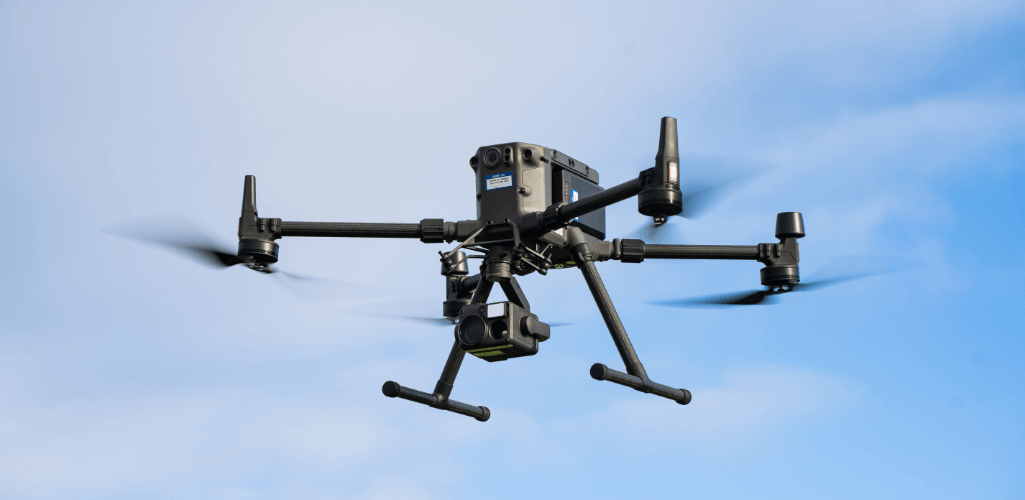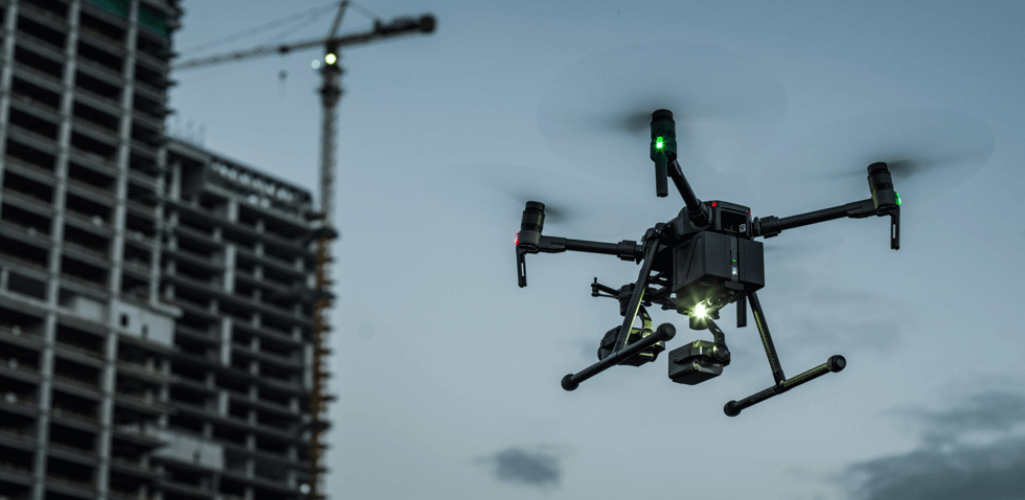
News
Published on 28 Jan 2021
James Willoughby
New UK Drone Laws: Can I Use My PfCO?
Understand how the new UK drone laws transition PfCO to Operational Authorisation, standardising privileges for commercial pilots

Valid PfCO holders will be able to operate under a special authorisation from December 31, 2020;
This authorisation aligns the PfCO with the new Operational Authorisation, as part of new drone rules;
The aim is to ensure that the relevant UAS operators will all hold the same privileges;
The special authorisation amends aspects of the PfCO.
Valid PfCOs will be amended to bring them into line with the Operational Authorisation – as part of new drone laws.
The regulations are set to start in the UK and throughout Europe on Thursday, December 31, 2020.
As part of the new rules, the standard permission – known as a PfCO (Permission for Commercial Operation) – will be replaced by an Operational Authorisation.
An Operational Authorisation will be needed for drone flights within the new Specific Category – aimed at the majority of enterprise drone pilots.

But pilots with a valid PfCO (runs beyond December 31, 2020) do not need to panic – as their permissions won’t suddenly become null and void at the end of the year.
Rather, the terms of their operating conditions will be amended to align with the Operational Authorisation. This will ensure that all relevant UAS operators hold the same privileges.
This special authorisation - recently announced by the CAA - will come into effect on December 31, 2020, and run until March 31, 2022. These dates are inclusive, unless previously revoked.
A copy of this authorisation, along with a copy of the relevant operating permission document (ie the standard permission/PfCO) must always be carried by the remote pilot when flying under that permission.
Operators with a current and valid PfCO must ensure they have a valid Flyer ID, obtained as part of the CAA's drone registration service.
Aligning The PfCO With An Operational Authorisation
The special authorisation only applies to any operating permission issued before December 31, 2020.

It is applicable until the expiry date of a remote pilot's PfCO/standard permission.
Once a PfCO renewal application is submitted, the applicant will receive an Operational Authorisation and individuals with NQE qualifications may continue to renew that Operational Authorisation until January 1, 2024, before which, they’ll be required to undertake the PfCO to GVC Conversion course.
So, what do PfCO holders need to know about the amended permission and its revised operating procedures?
VLOS Operations
Pilots need to operate their aircraft within unaided visual line of sight (VLOS) out to a maximum horizontal distance range of 500 metres - unless a lesser radio-control link range has been specified by the manufacturer.

However, a remote pilot can be assisted by an aircraft observer, who must position themselves next to the operator.
In this case, the observer must maintain 'direct unaided visual contact' with the drone to monitor its flight path to avoid a collision with uninvolved people.
Flying Over Obstacles
Pilots will be able to overfly obstacles taller than 105m.
The documentation states:
'The unmanned aircraft must be maintained within 120 metres (400ft) from the closest point of the surface of the earth.

'Obstacles taller than 105m may be overflown by a maximum of 15m provided that:
The person in charge of the obstacle has requested this; and,
The unmanned aircraft must not be flown more than 50m horizontally from the obstruction.'
Assembles Of People
The special authorisation stipulates conditions about operating close to assemblies of people.
It states that drone operations must not take place within 50 metres horizontally of any assembblies of people.
The definition of 'assemblies of people' has changed, now meaning: ‘Gatherings where persons are unable to move away due to the density of the people present'.
Take-off And Landing
Drone pilots must not fly within 50 metres of any uninvolved person.
The only exception is during take-off and landing, when this distance can be reduced to 30 metres.

This separation distance differs to assemblies of people in that the separation distance is omni-directional meaning that both height and horizontal can be used to achieve the minimum separation distance.
This is otherwise known as the ‘bubble’ or ‘piece of string’ method, as taught on the Heliguy GVC Course.
Under the changes, rules stipulating the minimum separation distances from ‘vehicles, vessels and structures’ have been removed.
However, this is not a complete free for all.
Pilots are urged to remember that in many cases, vehicles, vessels and structures will still have people inside them who need to be protected.
Also, the 'endangerment’ requirements of Air Navigation Order 2016 article 241 still apply, ie 'a person must not recklessly or negligently cause or permit an aircraft to endanger any person or property'.
What Happens If You Don't Have A Valid PfCO?
If you need to operate your drone under the conditions of such a permission, but have never had a PfCO, then you will need to obtain the GVC (General Visual Line of Sight Certificate) to be eligible to submit an application for an Operational Authorisation.

Candidates can sit a GVC course with Heliguy through the online training portal, Blackbox.
This provides an on-demand and flexible learning experience.
The GVC course consists of a theory exam (which can be conducted remotely with Heliguy), a Practical Flight Assessment and the completion of an Operations Manual.
An Operational Authorisation allows operations within the Specific Category - being introduced as part of the new drone laws.
The Specific Category is for riskier operations not covered under the Open Category, and is aimed at the majority of enterprise drone pilots.
For more information, visit our drone training page.
